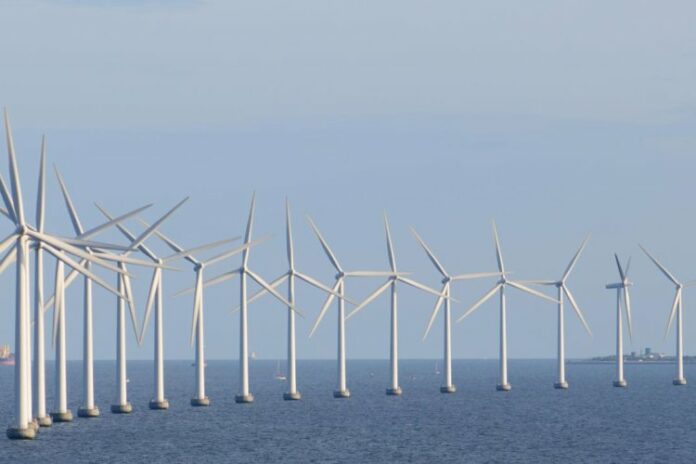Prysmian Group has been selected by the TSO Amprion as preferred bidder for the two Offshore Grid Connection Systems BalWin1 and BalWin2 and the underground cable project DC34.
The preferred bidder agreement provides an obligation on the parties to negotiate in good faith the outstanding items of the projects with a target to execute the final contracts by 15 January 2024. Prysmian is committed to reserve the required production and installation capacity until the aforementioned date. The contracts are valued in aggregate at around 4.5 billion Euros.
The three projects are part of the Germany’s overall plan to install 70 GW of offshore wind energy by 2045 and will support the transmission of the energy generated in the North Sea to consumers in the Western and Southern regions of the country.
“This agreement is a huge step towards realizing these three important projects in time. Thus, the major components for our offshore projects are secured until 2030”, commented Hendrik Neumann, CTO of Amprion.
“Prysmian is highly committed to the development of greener and smarter power grids, supporting Amprion as one of our key customers in it’s important energy transition targets” commented Hakan Ozmen, EVP Projects BU, Prysmian Group.
BalWin1 and BalWin2 will transmit each up to 2 GW of energy from the future offshore wind farms to be located in the German North Sea BalWin Cluster to the grid connection points in Wehrendorf (Lower Saxony) and Westerkappeln (North Rhine-Westphalia) and thus supporting the energy transition in the industrial heart of Germany. Each cable system will consist of two single-core ±525 kV HVDC copper cables with XLPE insulation for the submarine sections and P-Laser insulation for the land underground sections, plus a dedicated metallic return cable and a fibre optic cable. BalWin1 will utilize approx. 1,070 km of cables along a 358 km route, whereas BalWin2 will use approx. 1,100 km of cables over a route of 376 km.



